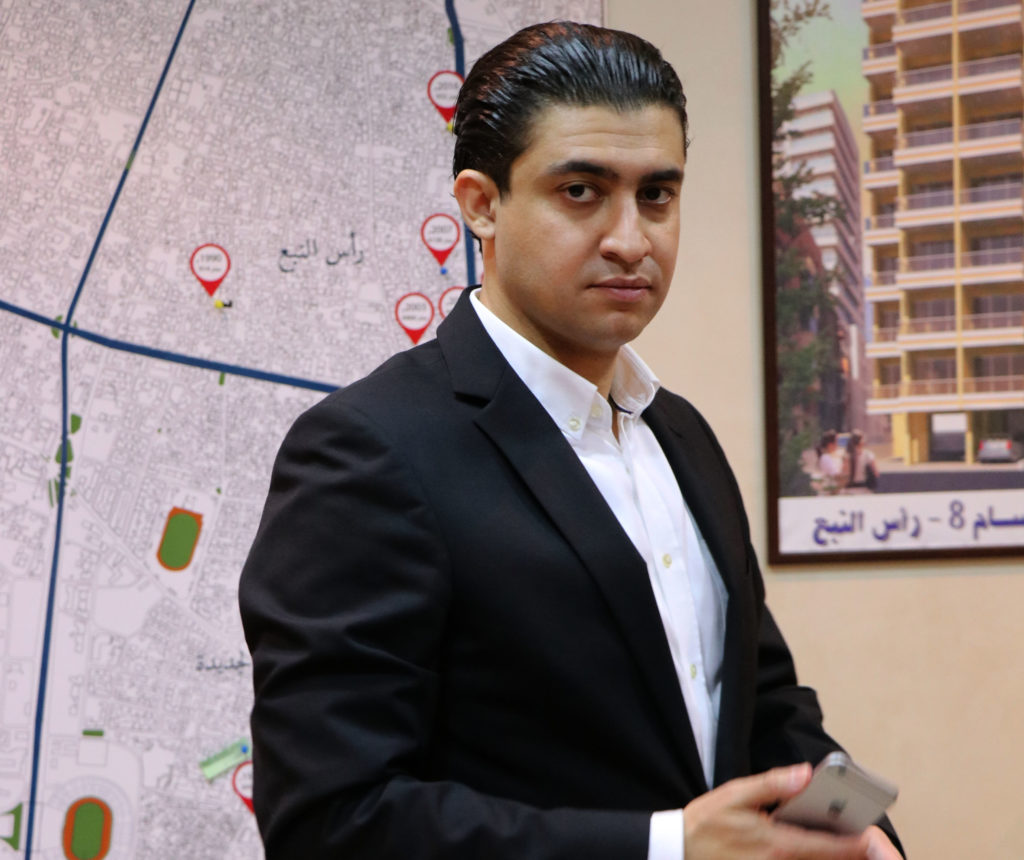
Careful design and execution works by architects, landscape architects and civil engineers and construction managers, are required to produce a building that optimizes the use of the site; that is highly integrated with the local ecosystems; that carefully considers the site geology, topography, solar insolation, hydrology and wind patterns; that minimizes impacts during construction and operation; and that employs landscaping as a powerful adjunct to its technical systems.
The location of the facility on the site, the type and colour of exterior finishes, and the materials used in parking and paving, all affect the thermal load on the building, hence the design of the heating and the cooling systems by the mechanical engineer. Minimizing the impact of light pollution requires the electrical engineer to carefully design exterior lighting systems.
We shouldn’t forget what we are here to do as architects. It’s to improve the quality of life for everyone.

We have been calling for a new approach, sustainability architecture for our society,” which is “sustainability that improves the quality of life and human enjoyment.” Urban planning & landscape is a process with a primary role to protect and use of environment, to manage spatial planning and urban infrastructure as a whole system. Mr. Wafic s. khalife is a Lebanese architect and business developer. He graduated in architecture in 2008, He completed his family business work ( residential buildings in Beirut) even before ending his studies. Mr. Khalife said. Beirut City are currently reflected in our health, economic, social and aesthetic fields .
About Sustainable Landscapes :
The role of landscape design in high performance building is in a state of transition
Some projects treat it conventionally, while others are assigning it new roles. Among these new roles are to assist building heating and cooling, help control storm water and eliminate stormwater infrastructure, treat waste and provide food.
The concept of sustainable landscape predates the contemporary high performance green building movement. It is defined as “landscapes that contribute to human well-being and at the same are in harmony with the natural environment. They do not deplete or damage natural ecosystems. A sustainable landscape will work with native conditions in its structures and functions. Valuable resources- water, nutrients, soil, etc.- and energy will be conserved, diversity of species will be maintained and increased.”
- About Stormwater Management In City :
Covering natural landscapes with buildings and infrastructure replaces largely pervious surfaces with impervious materials, thereby increasing the volume and velocity of horizontal water flows of storm water across the surface of the Earth. Moreover, ecosystems most prominently wetlands, have the function of absorbing pulses of stormwater and returning it in a controlled manner back into bodies of water and aquifers. One of the functions of green building is to address the issue of storm water by protecting ecosystems and the pervious character of the landscape.
“Wetlands” is the collective term for marshes, swamps, bogs, and similar areas found in generally flat vegetated areas, in depressions in the landscape, and between dry land and water along the edges of streams, rivers, lakes, and coastlines.
Wetlands help regulate water levels within watersheds; improve water quality; reduce flood and storm damages; provide important fish and wildlife habitat; and support hunting, fishing, and other recreational activities.
Retention Ponds, or “wet ponds,” are among the most common stormwater treatment systems used. They are not to be confused with detention basins or “dry basins,” which hold runoff for a specified period of time, and then release the entire volume of the runoff. Retention ponds retain a resident pool of standing water, which improves water quality treatment between storms. Depths range between 0.5m and 2 metre.
Retention/Irrigation refers to the capture of stormwater runoff in a holding pond and subsequent use of the captured volume for irrigation of landscape of natural pervious areas.
Sedimentation/Filtration
Solid components of groundwater or water received from construction sites requires the mechanical separation of e.g. sand particles as a pre-treatment stage.
Bioretention System (Rain Gardens)
Bioretention basins are vegetated areas where runoff is filtered through a filter media
layer) as it percolates downwards. It is then collected via perforated under-drains and flows to downstream waterways or to storages for reuse. A bioretention system consists of a soil bed planted with suitable non-invasive (preferably native) vegetation. Stormwater runoff entering the bioretention system is filtered through the soil planting bed before being either conveyed downstream by an underdrain system or infiltrated into the existing subsoil below the soil bed. Runoff storage depths above the soil bed surface are typically shallow (30 cm).
Bioretention systems are used to remove a wide range of pollutants, such as suspended solids, nutrients, metals, hydrocarbons, and bacteria from stormwater runoff. They can also be used to reduce peak runoff rates and increase stormwater infiltration when designed as a multi-stage, multi-function facility.
Bioretention basins can be installed at various scales, for example, as landscape planter boxes, in streetscapes integrated with traffic calming measures, in suburban parks and in retarding basins. In larger applications, it is considered good practice to have pretreatment measures (eg. swales) upstream of the basin to reduce the maintenance frequency of the bioretention basin.
The figures show examples of a basin integrated into a local streetscape and into a car park, and also illustrate the key elements of bioretention basins, namely surface vegetation, extended detention, filter media, drainage layer and overflow pit.




Drainage terms:
Curb Inlet: A location where storm water runoff from the street enters the storm drain system. Curb inlets are part of the public drainage system and are maintained by the City.

Drop Inlet: A location where storm water runoff from an open area enters the storm drain system. Drop inlets are usually part of the public drainage system, but can sometimes be considered private (private inlets are not maintained by the City.)

- perforated pipe that redirects surface and ground water away from an area. French drains are common drainage systems, primarily used to prevent ground and surface water from penetrating or damaging building foundations. French drains are also used behind retaining walls to relieve ground water pressure.
Private drain outfalls (4″ diameter or smaller) can be tied into the curb at the street.

